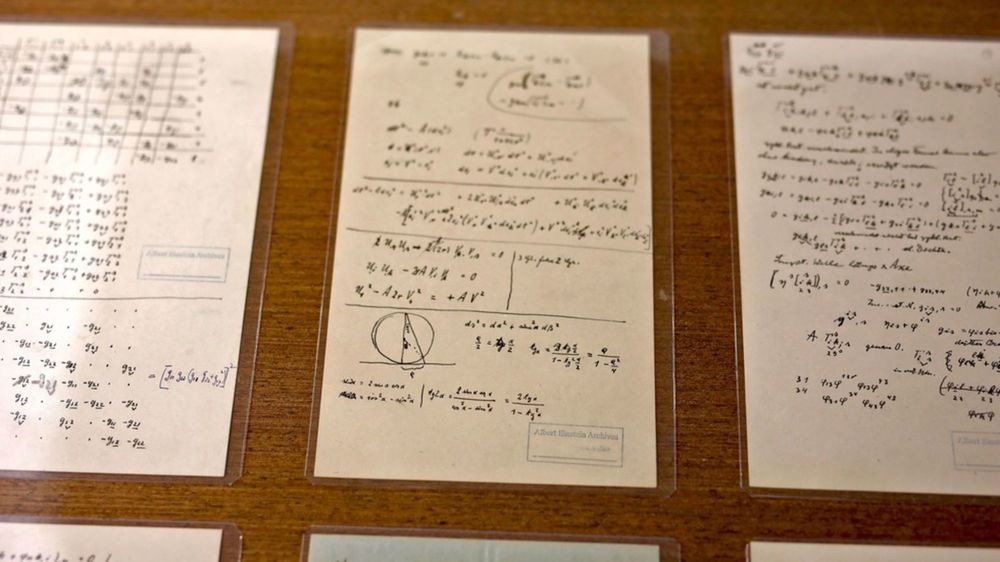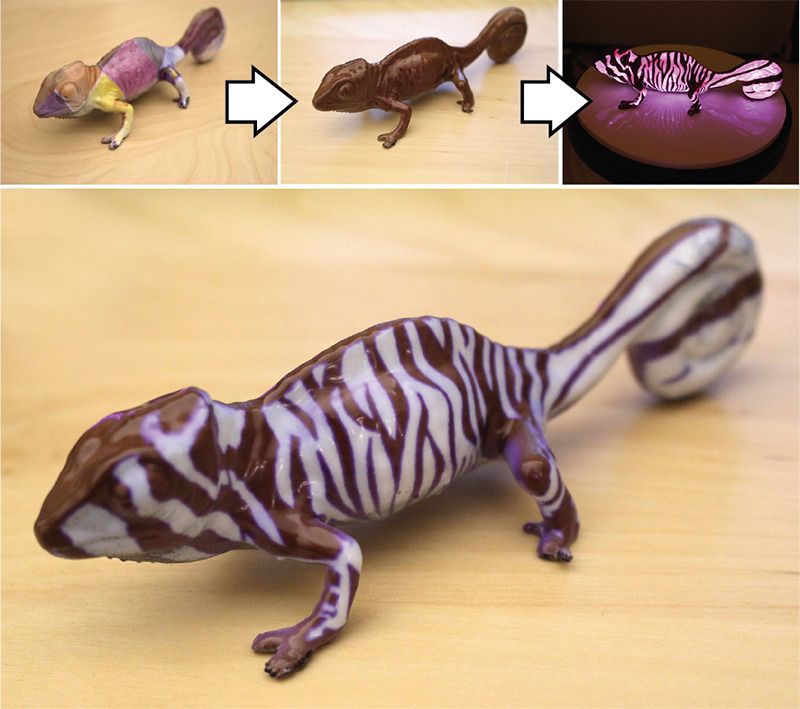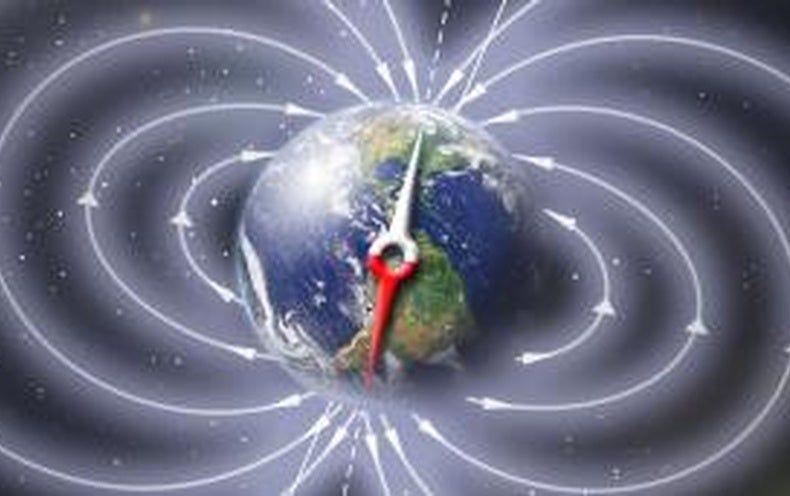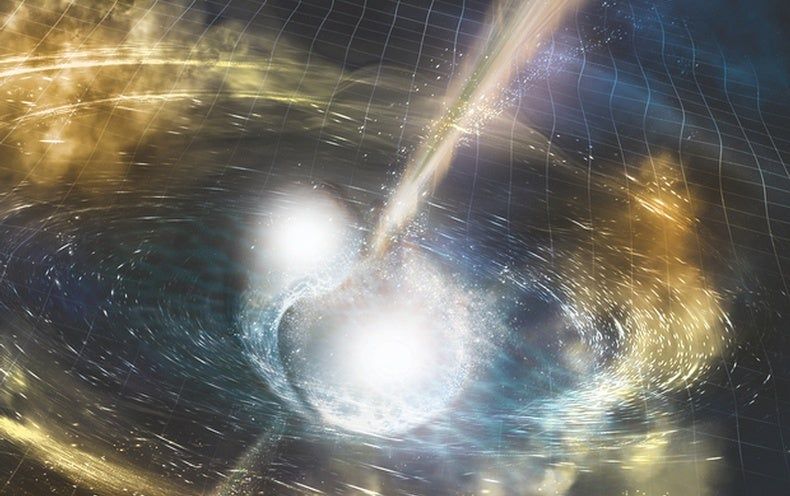The ingredients for the development of life are present on Saturn’s moon, Enceladus…But did life actually appear? Encelus is a priority target for future missions. Credit: NASA.
Category: futurism – Page 1,011

Rhetoric aside, what do China’s semiconductor insiders really think about the nation’s self-reliance drive?
This is the second in a series of in-depth articles examining China’s efforts to build a stronger domestic semiconductor industry amid rising trade tensions.
China has to strike a balance between the heavy investment that the industry requires and the returns that such spending may, or may not, yield.


Radiation shift of the electron mass in a magnetic field (Higgs boson contribution)
The single-loop contribution of Higgs bosons to the radiation shift of the energy of an electron moving in a homogeneous permanent magnetic field is calculated. On the basis of this contribution, the appropriate contribution to the anomalous magnetic moment of the electron and the probability of magnetic-braking radiation of Higgs bosons by an electron are found. The dependence of the mentioned quantities on the electron energy and the external field intensity is investigated.



This New Dye Changes Color When Exposed to UV Light
Get the best of Smithsonian.com by email. Keep up-to-date on:
Felix does it AGAIN! Another epic WORLD RECORD from the 53 year old strongman!
53 year old Felix does it again! 3 world records in one year! What an absolute legend! Competing against guys half his age, it’s another win for old man strength!
Come and see Felix compete LIVE on the Giants Live World’s Strongest Man Qualifying Tour! Tickets: www.giants-live.com
The full livesteam of the show will be available to watch only on officialstrongman.com

Earth’s Magnetic Field Initiated a Pole Flip Many Millennia before the Switch
Lava flow records and sedimentary and Antarctic ice core data show evidence of planetary magnetic field activity 20,000 years before the beginning of the last pole reversal.
Earth’s magnetic field—which creates our planet’s north and south pole—is far from fixed. In fact, the field is quite active; sometimes it weakens, and even reverses, causing Earth’s polarity to switch. These periods of instability don’t happen very often, though—only about every 100,000 to million years. That’s part of why this phenomenon has largely remained a mystery for scientists. However, a recent study may help researchers better understand how long and how complicated Earth’s magnetic field reversals really are.
